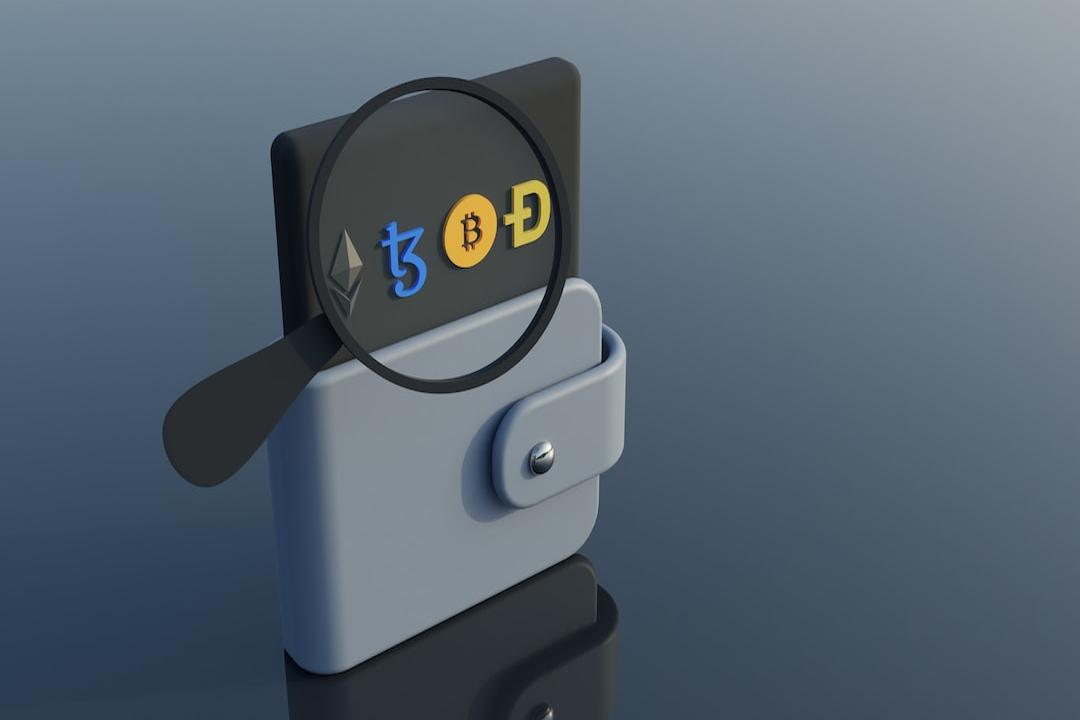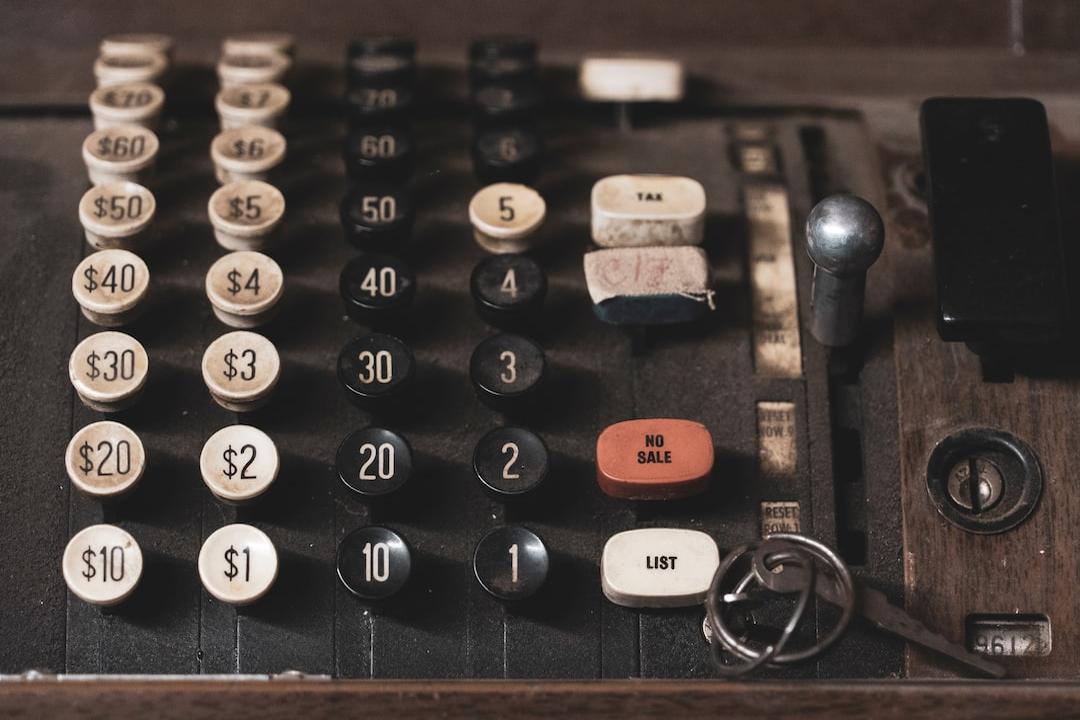With the increasing demand for Zero-Knowledge Proofs (ZKP) technology in recent times, more and more projects require related proof calculation resources. This has led to the emergence of a new modular field called Shared Provers. This article will provide a detailed introduction to its sources of demand and existing projects.
Table of Contents
Toggle
What problems does the Shared Provers network aim to solve?
Introduction to the Shared Provers network
Differences between Provers and Sequencers
Operation process of the Shared Provers network
Advantages of the Shared Provers network
Introduction to Shared Provers network projects
Nebra
Avail Nexus
AggLayer
The Shared Provers network will be a modular new field
The advantage of ZK Rollup solutions is the ability to greatly expand transaction speed by moving transaction computation off-chain to accelerate processing speed, while verifying Zero-Knowledge Proofs (ZK-proofs) on Ethereum for finality. By separating computation from verification, transaction speed can be maximized, making Zero-Knowledge Proof technology an important key to blockchain development.


Generating ZK proofs, however, requires high computational power. This would increase node costs and decrease efficiency. Centralized provers during network peak times would reduce performance and increase user gas costs. The Shared Provers layer may be a good solution to this problem.
Advertisement – Continue scrolling for more content




Although some projects have plans in the future, current Rollups based on Zero-Knowledge Proofs, including zkSync, Starknet, and Scroll, all process user-submitted transactions using their own individual provers and sequencers. The latter has already seen many developments in decentralized and shared networks, while provers have not received much market attention.


zkSync operational architecture diagram
(Source)
The Shared Provers network, also known as Proof Aggregation, primarily decentralizes the process of computing Zero-Knowledge Proofs to improve efficiency. On the other hand, shared sequencers outsource the task of transaction sequencing to decentralized networks. Although both are related to the efficiency and security of Rollups, they perform different tasks.
Recommended reading:
Perspective | Decentralizing Rollup Sequencers will bring more opportunities to on-chain ecology
Recommended reason: This article explains the technical and economic challenges of decentralized sequencers and looks into the opportunities they can bring. It can be read in conjunction with this article to gain a clearer understanding of the differences and purposes of sequencers and provers.
With the Shared Provers layer, the ideal transaction process is as follows:
Rollups or other demand-side parties submit proof requests.
The matching mechanism automatically selects one or more provers.
The selected provers generate proofs to fulfill the requests.
If multiple provers are involved, the proofs are aggregated.
The final proof is submitted to Layer1 for verification.
The Shared Provers network can outsource the proof resources required by Rollups, allowing other specialized providers in the network to assist in computation and generation. Through specialization, better efficiency and cost optimization can be achieved.
The Shared Provers network can split larger proof demands into multiple provers according to the architecture, further improving efficiency. On the other hand, it can also integrate batch proof demands into a single proof, reducing computation and on-chain costs, allowing smaller-scale Rollups to share costs with other projects.
The ideal Shared Provers network is trustless and can be used as part of a modular architecture, providing computational resources to various projects in need of Zero-Knowledge computation support but lacking relevant hardware and development capabilities, enabling them to quickly build products.
(Arweave promotes decentralized computing network ao, creating an innovative smart contract computing environment)
Nebra is a general-purpose project for Zero-Knowledge Proof aggregation, which bundles and processes the demands of multiple Zero-Knowledge Proof-based services in batches to achieve cheaper proof and verification costs. However, the current project is still centralized, with decentralization as the future goal.


Nebra aims to integrate multiple zk applications for batch proof generation
(Source)
The security of Nebra is guaranteed by its mechanisms. Nebra has a mechanism similar to existing Layer2 escape hatches. If a prover reviews transaction content or delays proof computation and submission, the project using the service can choose to bypass the prover and enforce proof settlement on Layer1.
Nebra is currently open for testing on the network.
Nexus is a decentralized data availability layer project under Avail, providing Zero-Knowledge Proof computation and sequencer services for Rollups projects with specific needs to enhance Avail’s ecosystem and maximize potential markets.


Projects using Avail can choose Nexus modules based on their specific needs
(Source)
Nexus regularly submits aggregated proofs to Ethereum and Avail DA for verification.
AggLayer is an aggregation layer developed by the Polygon team, aiming to provide liquidity for all blockchain networks through unified bridge technology and build a shared prover to aggregate Zero-Knowledge Proofs from all chains for settlement and verification on the Ethereum mainnet.
Currently, the concept of modular industry typically focuses on execution layers, consensus layers, settlement layers, and data availability layers (DA). However, with the maturity of Rollups and Zero-Knowledge Proof technology, the demand for computing Zero-Knowledge Proofs is gradually increasing, and the Shared Provers network may become a new important field in the future.
However, it may also evolve into an aggregation layer service that integrates both sequencer and prover services, similar to the product constructed by Nexus.
Regardless of how the industry is classified, the demand for computing Zero-Knowledge Proofs will undoubtedly present a growing market opportunity.
Prover
Rollups
Shared Provers
ZKP
Proof generator
Zero-Knowledge Proof


Further reading
Introduction to ZK Co-Processors: How to Enhance User Experience in Blockchain Products with Data?
What are the technological innovations of zkSync? How does it have the potential to influence the existing Rollup ecosystem?

